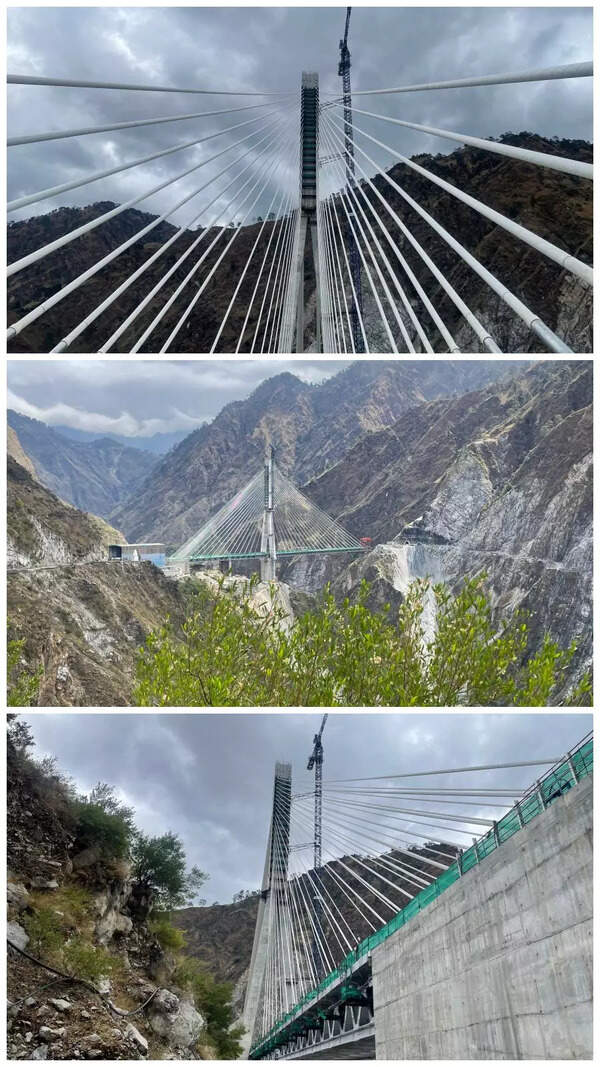- News
- City News
- noida News
- Probe into email threat to PM Narendra Modi & UP CM Yogi Adityanath leads cops to Lucknow teen
Trending Topics
Probe into email threat to PM Narendra Modi & UP CM Yogi Adityanath leads cops to Lucknow teen

PM Narendra Modi & UP CM Yogi Adityanath
NOIDA: Investigation into an e-mail threatening to assassinate Prime Minister Narendra Modi and UP chief minister Yogi Adityanath led Noida cops to Lucknow, where they detained a 16-year-old schoolboy.
The minor told cops he sent the email to a media house in Noida as a “prank”. The teenager was produced before a juvenile court in Noida on Friday and granted bail.
ABP Network Pvt Ltd, which has its office in the Sector 16 Film City, approached cops on April 4, alleging that a senior company official had received the e-mail threatening to assassinate the Prime Minister and the CM.
“The email was sent to the CFO of the company from an unidentified person… an FIR was registered against an unidentified person at the Sector 20 police station,” Rajneesh Verma, assistant commissioner of police (Noida) said.
Police said the threat was taken seriously and teams were formed to investigate the case.
“We had roped in technical teams to trace the sender of the e-mail. The accused was traced and found in Lucknow. It turned out to be a schoolboy who has just completed Class 11 and will be starting Class 12. The boy, who hails from Bihar, was brought to Noida,” Verma said.
Police sources said the boy had made a similar threat to Bihar chief minister Nitish Kumar 4-5 months ago. “He wanted to check if UP Police would be able to find him. He wanted to brag about it to his friends,” the source added.
The FIR was registered under sections 153A (1b) (commits any act which is prejudicial to the maintenance of harmony between different religious, racial, language or regional groups or castes or communities, and which disturbs or is likely to disturb public tranquillity), 505 (1b) (with intent to cause, or which is likely to cause, fear or alarm to the public, or to any section of the public whereby any person may be induced to commit an offence against the State or against the public tranquility), 506(punishment for criminal intimidation), 507 (criminal intimidation by an anonymous communication) of the Indian Penal Code along with relevant sections of the Information Technology Act.
The minor told cops he sent the email to a media house in Noida as a “prank”. The teenager was produced before a juvenile court in Noida on Friday and granted bail.
ABP Network Pvt Ltd, which has its office in the Sector 16 Film City, approached cops on April 4, alleging that a senior company official had received the e-mail threatening to assassinate the Prime Minister and the CM.
“The email was sent to the CFO of the company from an unidentified person… an FIR was registered against an unidentified person at the Sector 20 police station,” Rajneesh Verma, assistant commissioner of police (Noida) said.
Police said the threat was taken seriously and teams were formed to investigate the case.
“We had roped in technical teams to trace the sender of the e-mail. The accused was traced and found in Lucknow. It turned out to be a schoolboy who has just completed Class 11 and will be starting Class 12. The boy, who hails from Bihar, was brought to Noida,” Verma said.
Police sources said the boy had made a similar threat to Bihar chief minister Nitish Kumar 4-5 months ago. “He wanted to check if UP Police would be able to find him. He wanted to brag about it to his friends,” the source added.
The FIR was registered under sections 153A (1b) (commits any act which is prejudicial to the maintenance of harmony between different religious, racial, language or regional groups or castes or communities, and which disturbs or is likely to disturb public tranquillity), 505 (1b) (with intent to cause, or which is likely to cause, fear or alarm to the public, or to any section of the public whereby any person may be induced to commit an offence against the State or against the public tranquility), 506(punishment for criminal intimidation), 507 (criminal intimidation by an anonymous communication) of the Indian Penal Code along with relevant sections of the Information Technology Act.
Start a Conversation
FOLLOW US ON SOCIAL MEDIA
FacebookTwitterInstagramKOO APPYOUTUBE










